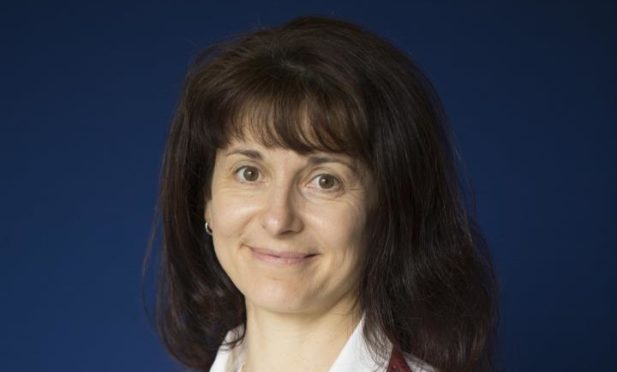A landmark study by Aberdeen researchers aims to shed light on a potentially fatal heart condition which can be “caused by a broken heart”.
Scientists at Aberdeen University have been given a grant of £215,000 from the British Heart Foundation (BHF) to conduct a comprehensive epidemiology study into Takotsubo cardiomyopathy.
The study will be the first ever national study of what researchers have called a “neglected area of cardiology”.
The exact cause of the condition is not clearly understood, but an acute episode can be triggered by severe emotional distress, such as the death of a loved one.
As a result, when it was first discovered, it was also referred to as “broken heart syndrome”.
However, researchers now believe it can be caused by a number of different factors, including intense physical trauma, but also lesser physical or emotional upsets or no incident at all.
Acute symptoms include shortness of breath and chest pain and it is often mistaken for a heart attack.
It affects thousands of people in the UK of all ages, both men and women, and although a great deal of recovery occurs, there can be long-lasting damage to the heart muscle.
Professor Dana Dawson, from the university’s cardiology and cardiovascular research unit and a consultant cardiologist at Aberdeen Royal Infirmary, is leading the study.
“Takotsubo cardiomyopathy has only been recognised in recent years, and so our knowledge remains limited,” she said.
“As such, it is vital that we learn more about this neglected area of cardiology and its longer-term impact on patients.”










